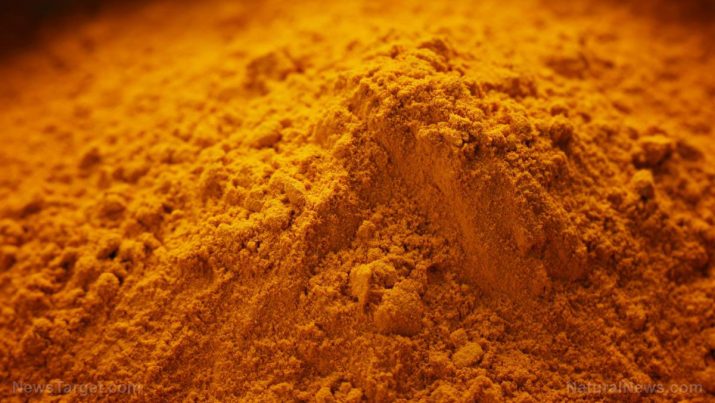
Disperse Yellow 3 – toxicity, side effects, diseases and environmental impacts
Saturday, November 18, 2017 by Frances Bloomfield
http://www.naturalpedia.com/yellow-3-toxicity-side-effects-diseases-and-environmental-impacts.html

Disperse Yellow 3 is a monoazo dye used to add color to a wide variety of fabrics. This yellow to yellow-brown powder has been used to dye textiles, plastics, furs, sheepskins, and tint nylon, polymethyl methacrylate, and cellulose acetate. In addition to this, Disperse Yellow 3 is sometimes used in a number of semi-permanent hair dyes.

List of known side effects
This compound has been banned by the European Union (EU) for garment dyeing because of its potential to cause skin sensitization. Numerous studies conducted on lab rats have found that Disperse Yellow 3 has skin sensitizing and allergenic properties, and may be easily absorbed through the skin because of its small molecular size and high-fat solubility. Moreover, this chemical has been reported as causing allergic contact dermatitis among textile workers.
Disperse Yellow 3 is a suspected carcinogen based on its carcinogenicity to experimental animals. Currently, there is no information on its possible impact on humans, but the World Health Organization (WHO) has deemed this compound a suspected carcinogen regardless based on studies where lab rats developed benign and malignant liver tumors, benign and malignant lung tumors, and stomach tumors.
Body systems affected by Disperse Yellow 3
Disperse Yellow 3 can negatively impact the skin, due to its sensitizing effect and its potential to cause allergic contact dermatitis. Additionally, Disperse Yellow 3 may cause mild irritation to the eyes, respiratory, and digestive systems if eye contact, inhalation, or ingestion occurs.
Though it’s only been known to increase the frequency of liver, lung, and stomach tumors in lab rats, Disperse Yellow 3 should still be approached with caution.
Items that can contain Disperse Yellow 3
Though present in textiles, plastics, and many other materials, Disperse Yellow 3 is no longer considered hazardous. The dye form, however, certainly is. Beauticians, dye workers, and photographic film developers all risk exposure to Disperse Yellow 3 in their lines of work.
Moreover, Disperse Yellow 3 is sold under a variety of names, a list of which can be found on WorldDyeVariety.com for easy reference.
How to avoid Disperse Yellow 3
There are many steps that can be taken to minimize exposure to Disperse Yellow 3. As per ChemoTechnique.se, these include:
- Reading product labels to ensure that they contain no traces of this compound.
- Testing products on a small patch of skin to ascertain whether or not they contain Disperse Yellow 3.
- Wearing the proper personal protective clothing and equipment when handling Disperse Yellow 3 in its dye form.
People with sensitive skin or existing contact allergies are the ones who should keep these in mind the most.
Where to learn more
Summary
Disperse Yellow 3 is a dye that is a skin sensitizer, and an a possible allergen for contact dermatitis.
Due to the results of several animal studies, Disperse Yellow 3 is a suspected carcinogen, though this quality has not yet been observed in humans.
Sources include:
ChemicalBook.com
HazMap.NLM.NIH.gov
OEHHA.CA.gov
PubChem.NCBI.NLM.NIH.gov
WorldDyeVariety.com
ChemoTechnique.se
Tagged Under: Tags: Disperse Yellow 3





